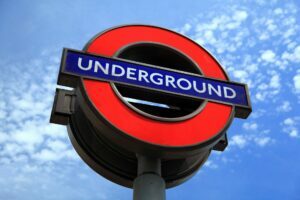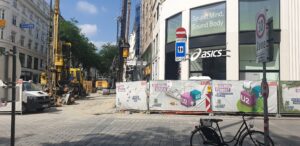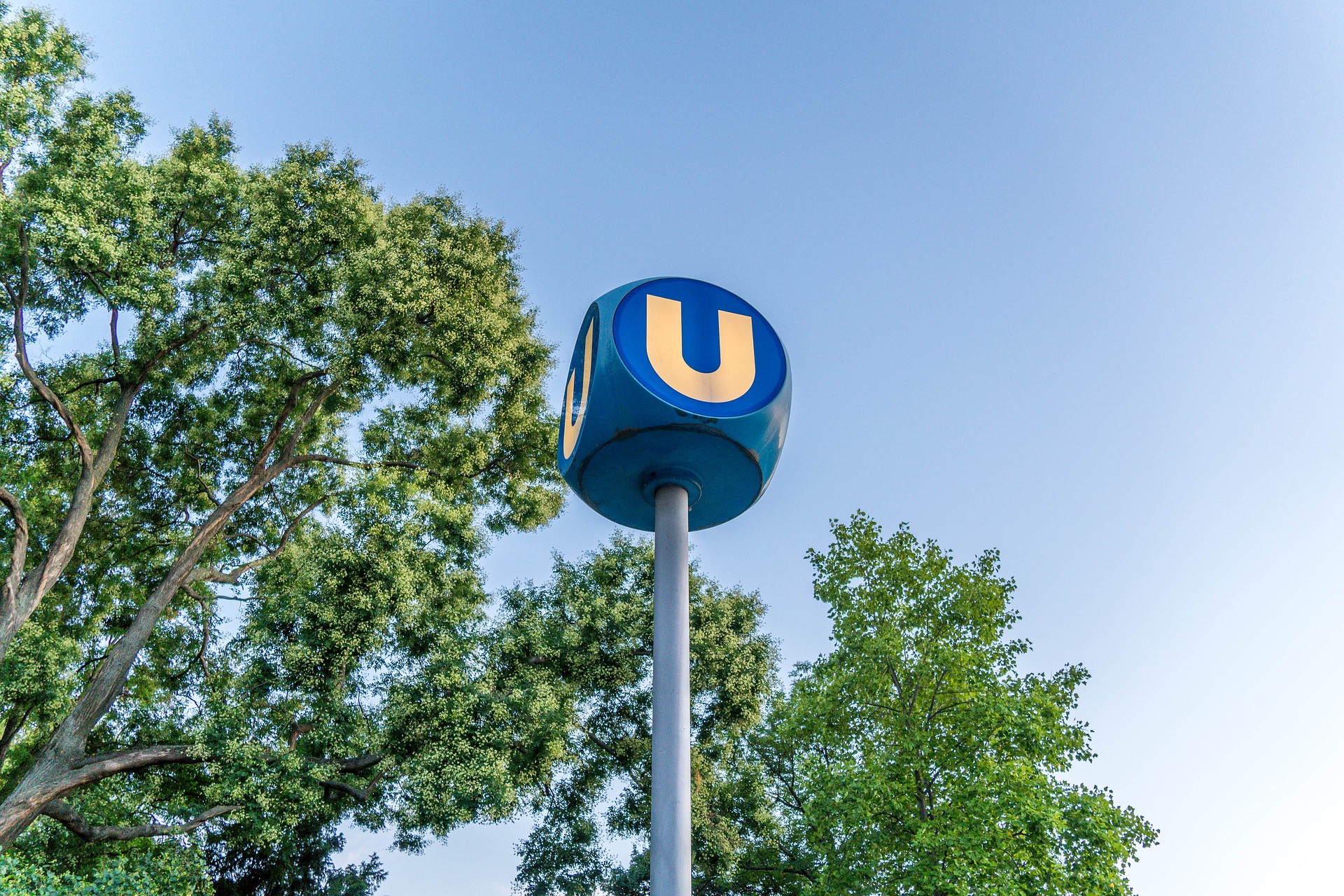The time has finally come: the city of Vienna is getting its sixth underground line! It bears the number five – curious enough for a blog post, one might think, but there are so many more exciting things to write about the subway. Therefore, in the next few weeks we will be devoting a series to the sub-areas of the tube. We start with a brief history of the subway.
Once upon a time …
*****
A metropolis needs a subway, just like soup needs its salt. Whether that’s true or not is an open question. However, it is a fact that the world’s largest cities rely on the subway as a means of transport. Only two of the ten largest cities in the world have no metro network: Jakarta (the capital of Indonesia) and Karachi (the largest city in Pakistan).

The oldest underground network in the world, the London Underground, opened in 1863 and celebrates its 160th anniversary in two years. At that time, the tunnel route was still used by trains hauled by steam locomotives, but this was not copied internationally. The electric locomotive, which Siemens would finally present at the Berlin trade fair in 1879, was already too close to the breakthrough.
Apparently nothing stood in the way of the underground – but because underground construction was much more expensive and cumbersome than building a viaduct, the first routes of this type were practically elevated railways. It was to be more than a decade before the very first underground railway opened in London on November 4, 1890. That triggered a real boom. Cities around the world have followed London’s lead in hopes of solving their traffic problems.
Vienna is different

The plans to build a subway in Vienna are even older than the London Underground, dating back to the 1840s.
Some cities start a subway from below – but Vienna is known to be different and has first tackled the construction of the subway from a bird’s eye view. In (or originally: around) Vienna there was a moat for a long time. An exciting story in itself: it could be flooded if necessary, was used as a pasture area and for a short time even as a zoo.
But back tot he topic. As the city grew in size, it quickly became clear that a ditch in the middle was no longer in keeping with the times: the Turkish sieges were over, the city limits had long since shifted and Europe had stabilized – so what could be more obvious than filling it up. But in the course of these considerations, voices were raised as early as the middle of the 19th century that would have liked to see a tube for a “Vienna city railway” in the ditch. With real horsepower, of course …
But often planned is only half built, and with typical Viennese nonchalance, the project was first discussed in many facets and pushed back to the sidelines again and again. Instead, fifty years later, it was decided to build an above-ground, steam-powered light rail. These light rail lines are still partially preserved today. Today’s U4 and U6 are based on them. At the beginning of the 20th century, new plans were presented for the construction of a railway, this time running underground, but the beginning of the First World War and the subsequent economic crisis put an end to all considerations in this regard.
Brown lines
These plans were brought up again decades later by the National Socialists.
Austria was annexed to Germany in 1938, and for propaganda purposes Vienna, with a little cheating, became the “largest city of the Third Reich in terms of area”. By incorporating surrounding areas, Vienna received four additional districts, most of which were reversed after the end of the war and transferred to Lower Austria.
Hitler had big plans for the German Reich, especially for Berlin, his future world capital “Germania”. Everything should be bigger and better than ever before – including the subway. Another subway was also planned for Vienna. Again, however, it did not get beyond test drilling.

Step by step
After the end of the war, the underground caused conflicts between the Austrian parties. It was only when Munich began building an underground train in the 1960s that everyone gave in to the pressure of competition from Germany. Munich opened the first section of the route in October 1971, just in time for the start of the 1972 Summer Olympics. In Vienna it took until 1978 for the U1 to officially open.
The U2 was opened in 1980, the U6 in 1989 and the U3 in 1991. The network has been continuously expanded since then and today comprises 78.5 kilometers and 104 stations. The reason for the disorderly numbering is that the plans for the subways have existed for a long time, but the implementation of the construction projects could only be realized over time. This is also the case with the U5. Originally it should have led from Hernals over Schottenring to Stadion – the Schottenring-Stadium section has been taken over by the U2 in 2008. Often conceived, never worked out, no one really believed in the construction of the U5.
The end is nigh
Now it is actually to be built and will be the first driverless underground in Vienna to take the U5 route from Elterleinplatz to Karlsplatz and take over the route of the U2 line from the Rathaus station. At the same time, the U2 will be extended from Rathaus to Wienerberg. With a depth of 37 meters between Neubaugasse and Pilgramgasse it is going tob e the deepest subway in Vienna – at the moment it is still Altes Landgut at 31 meters.
(By the way: Wiener Linien have recently reached the necessary depth at Matzleinsdorfer Platz.)

*****
Today’s blog post thus ends with a topographical, but by no means personal, low point. At the next stop on our journey we will devote ourselves to the question of how to actually go about building a subway and what obstacles and methods there are.

